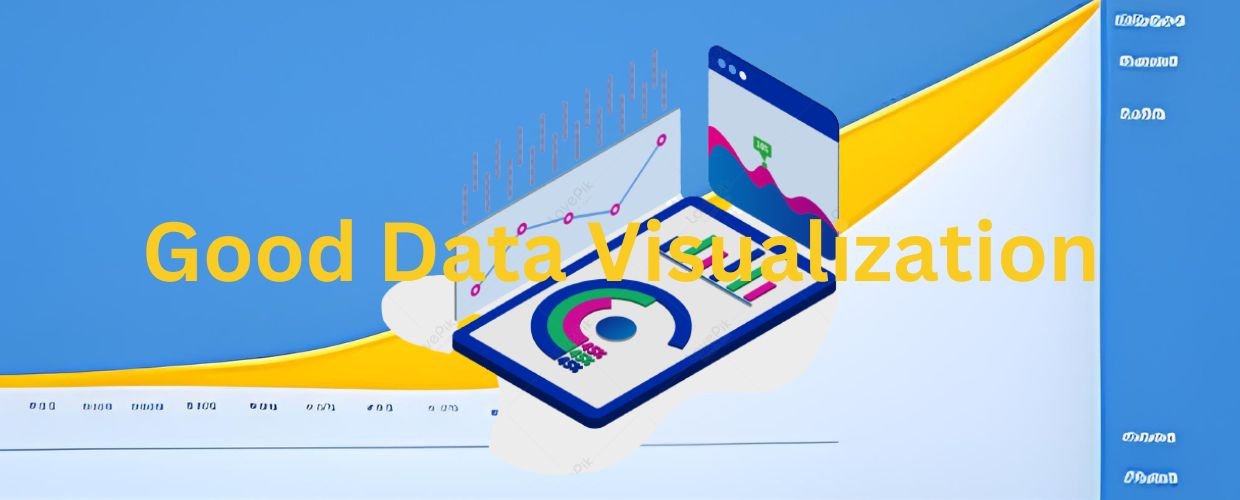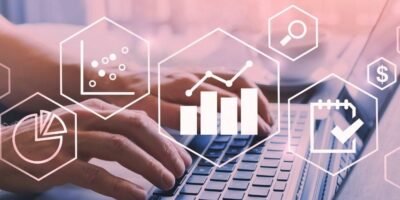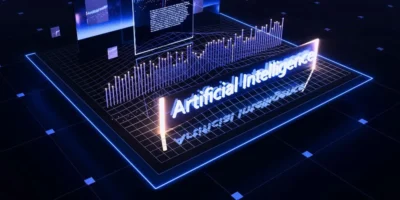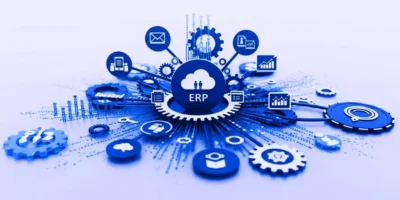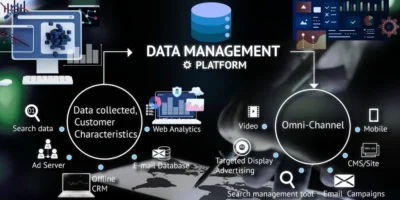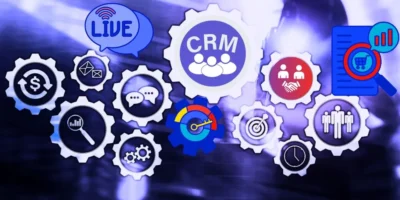Data visualization is a powerful tool that enables organizations to transform complex data into meaningful and actionable insights. Good data visualization goes beyond simply presenting data visually; it strives to communicate information effectively, enhance understanding, and facilitate data-driven decision-making. This article explores the characteristics of good data visualization, its benefits, key considerations, and best practices for creating impactful visualizations.
Characteristics of Good Data Visualization
Good data visualization should be easy to understand and interpret, visually appealing, and provide insights that can be used to make informed decisions.
Clarity and Simplicity
Good data visualizations are clear and straightforward, making it easy for viewers to understand the information presented. Avoid clutter and unnecessary decorations that can distract from the main message. Simplify complex data by focusing on the most relevant and insightful elements, ensuring viewers grasp the key takeaways effortlessly.
Relevance and Context
Visualizations should be relevant to the audience and convey the intended message. Clearly define the purpose and objective of the visualization and align it with the specific needs and expectations of the viewers. Providing context around the data helps viewers understand the significance and implications of the insights presented.
Accuracy and Integrity
Accuracy is paramount in data visualization. Good visualizations are based on accurate and reliable data, ensuring the integrity of the insights derived. Organizations must establish robust data governance practices, implement data validation processes, and maintain data consistency to ensure the accuracy and reliability of visualizations.
Engaging and Memorable
Good data visualizations are engaging and memorable, leaving a lasting impact on viewers. Utilize design elements, such as color, typography, and imagery, strategically to create visually appealing and emotionally engaging visualizations. Aesthetically pleasing and memorable visualizations enhance viewer engagement and increase the chances of information retention.
Benefits of Good Data Visualization
One of the key benefits of good data visualization is that it can help to simplify complex information and make it more accessible to a broader audience.
Enhanced Understanding
Good data visualization facilitates data comprehension by presenting information in a visual format. By transforming complex data into intuitive visualizations, viewers can quickly grasp patterns, trends, and relationships that may not be apparent in raw data. This enhanced understanding promotes data literacy and enables viewers to make more informed decisions.
Efficient Communication
Data visualization is an effective communication tool, transcending language and technical barriers. Well-designed visualizations can convey complex information in a concise and easily understandable manner. By visually presenting data, organizations can communicate insights, reports, and findings more efficiently, improving collaboration and team alignment.
Improved Decision-Making
Good data visualizations empower decision-makers to make informed choices based on data-driven insights. Visualizations provide a clear overview of the data, enabling decision-makers to quickly identify trends, outliers, and correlations. It leads to more accurate and timely decision-making, ultimately driving better business outcomes.
Critical Considerations for Good Data Visualization
When creating visual representations of data, it’s essential to consider the critical considerations for good data visualization.
Know Your Audience
Understanding the audience is crucial for creating compelling visualizations. Consider the viewers’ knowledge, background, and needs when designing visualizations. Tailor the content, level of detail, and visual complexity to ensure the visualization resonates with the target audience and meets their specific requirements.
Select the Right Visualization Types
Different types of visualizations are suited for additional data and insights. Choose the appropriate visualization types, such as bar charts, line graphs, scatter plots, or heat maps, based on the characteristics of the data and the story you want to convey. The chosen visualization type should effectively represent the data and facilitate straightforward interpretation.
Maintain Consistency
Consistency in design elements, such as color palettes, fonts, and icons, promotes coherence and improves the viewer’s experience. Establishing a visual style guide helps maintain consistency across visualizations, ensuring a cohesive and professional presentation of data.
Best Practices for Good Data Visualization
One of the best practices for good data visualization is to choose the appropriate type of chart or graph that accurately conveys the information you are trying to present.
- Simplify Data Labels and Axis Titles: Ensure that data labels and axis titles are clear and concise. Use meaningful and descriptive tags that provide context and eliminate ambiguity. Avoid excessive labeling that may clutter the visualization and confuse viewers.
- Utilize Color Effectively: Color can enhance visualization’s visual impact and readability when used judiciously. Choose a color palette that aligns with the message and objectives of the visualization. Use color to highlight important data points, differentiate categories, or represent meaningful patterns. However, be mindful of colorblindness and ensure that color choices do not impede accessibility.
- Provide Interactive Elements: Interactive elements, such as tooltips, drill-down options, and filtering capabilities, add depth and interactivity to visualizations. Viewers can explore data at different levels of detail, reveal additional information on demand, and customize the visualization to suit their specific interests. Interactivity enhances engagement and empowers viewers to derive more insights from the data.
- Test and Iterate: Test visualizations with representative users to gather feedback and identify areas for improvement. Conduct usability testing to ensure the visualization is easy to understand and navigate. Iterate based on user feedback and continuously refine the design to enhance its effectiveness and impact.
Conclusion
Good data visualization is a powerful tool that enables organizations to communicate insights effectively and drive data-driven decision-making. Organizations can create impactful visualizations that enhance understanding, engage viewers, and facilitate effective decision-making by adhering to clarity, simplicity, relevance, and accuracy. By considering the audience, selecting appropriate visualization types, and following best practices, organizations can unlock the full potential of their data and leverage visualizations to gain valuable insights and achieve their business objectives.

